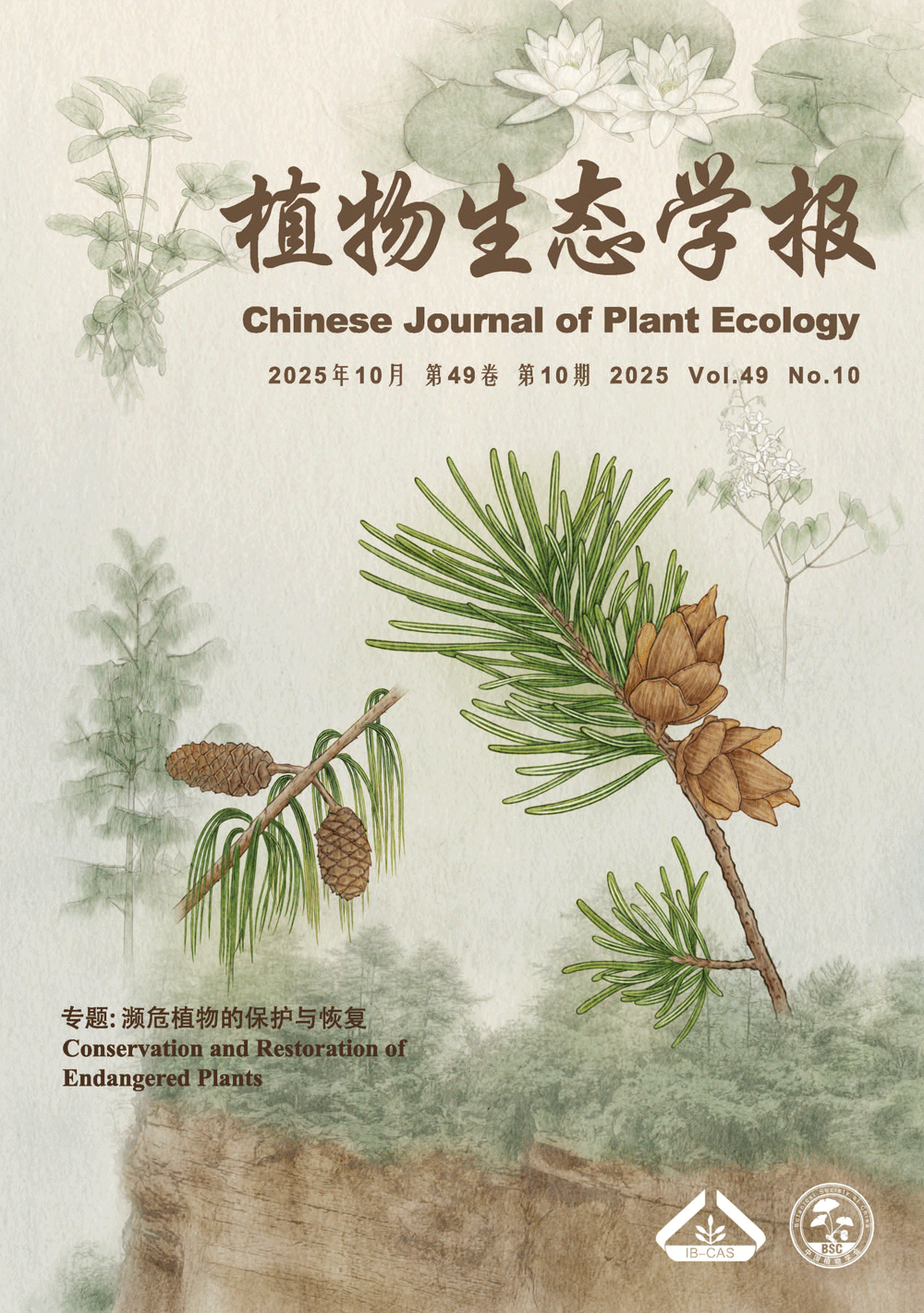Aims This study aims to understand the geographical distribution of threatened species of genus Epimedium in China, and to provide the basis for resource conservation and utilization.
Methods The data of Chinese Virtual Herbarium (CVH), China National Specimen Information Infrastructure (NSII), the Royal Botanic Garden Edinburgh (E), Royal Botanic Gardens, Kew (K), Muséum National d’Histoire Naturelle (P) and Universitat Wien (WU) were used. The specimens of Herbarium of Institute of Medicinal Botany, Chinese Academy of Medical Sciences (IMD), which is not included in the sharing platform but abundant in Epimedium specimens, were also examined. At the same time, combined with our field investigations and literature review, the specimen information of 25 species and 1 variety of Epimedium in China were systematically collected to verify the specimen identification and geographical distribution, and to update the endangered status and criteria.
Important findings A total of 1 017 specimens of 428 numbers were examined, and only 666 specimens of 274 numbers (64.02%) were correctly identified. Nineteen taxa (73.08%) had found new distribution compared with the recorded of Flora of China. However, 6 species were currently known to be distributed only in the type locality. The three provinces with the highest abundance of threatened species were Sichuan (12 species), Hubei (7 species) and Guizhou (6 species and 1 variety). The endangered status or criteria of 22 taxa were suggested to be adjusted. Epimedium enshiense, E. reticulatum, E. fangii and E. parvifolium were suggested to be upgraded to Critically Endangered (CR). E. flavum, E. glandulosopilosum, E. mikinorii, E. sagittatum var. glabratum, E. truncatum and E. zhushanense were suggested to be upgraded to Endangered (EN). Epimedium simplicifolium and E. fargesii were suggested to be downgraded from Critically Endangered (CR) and Endangered (EN) to Vulnerable (VU), respectively. For another 10 species, the endangered status remained unchanged and only the criteria were adjusted. The main reasons for the endangerment of Epimedium were narrow distribution, habitat decline and population decrease. Errors in the identification of specimens of threatened species of Epimedium were prominent. Most species of this genus were distributed in narrow areas and were highly threatened. Therefore, the protection of species diversity should be paid more attention. The evaluation of endangered status and criteria is a dynamic process that requires long-term monitoring and constant updating.







